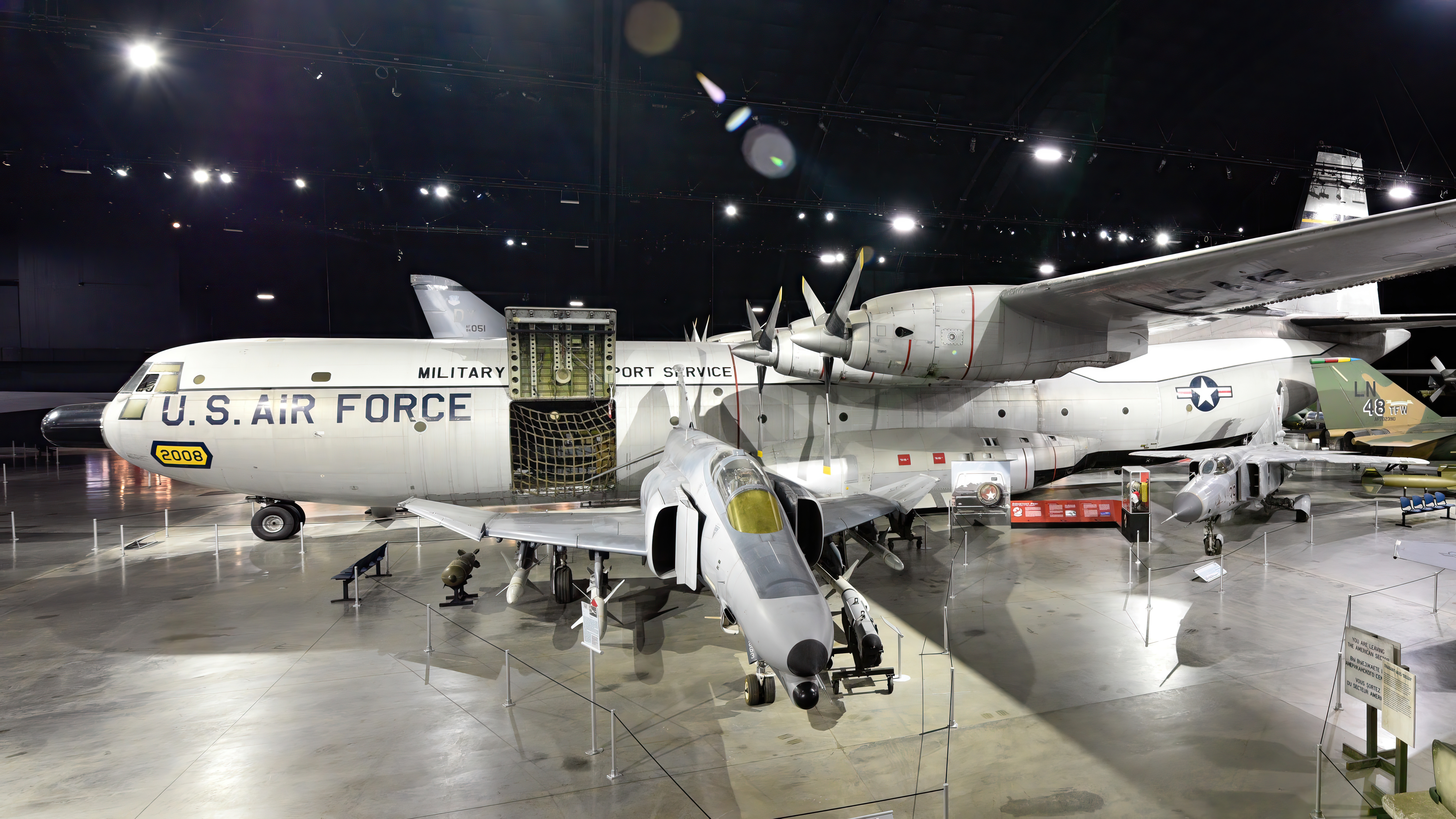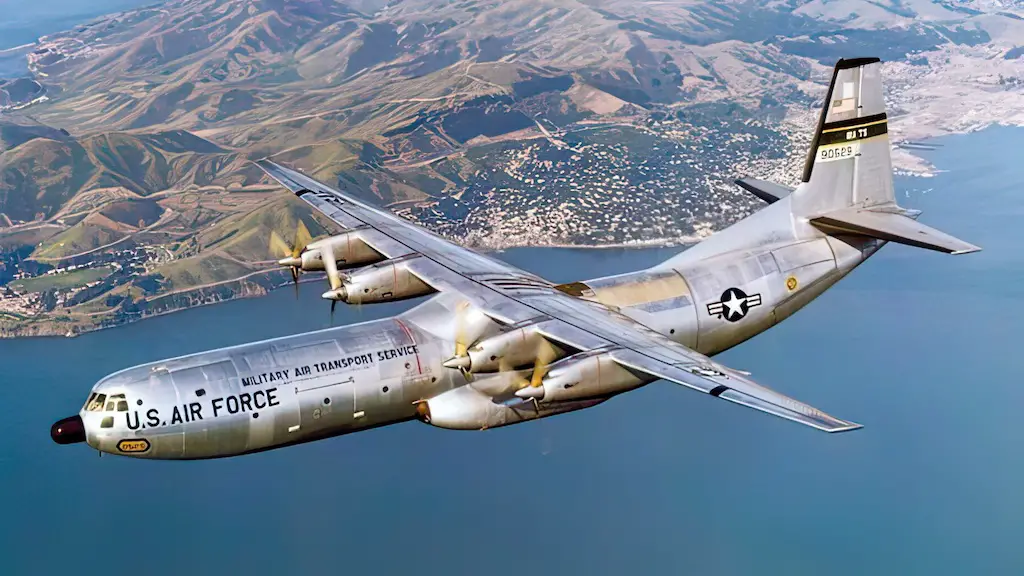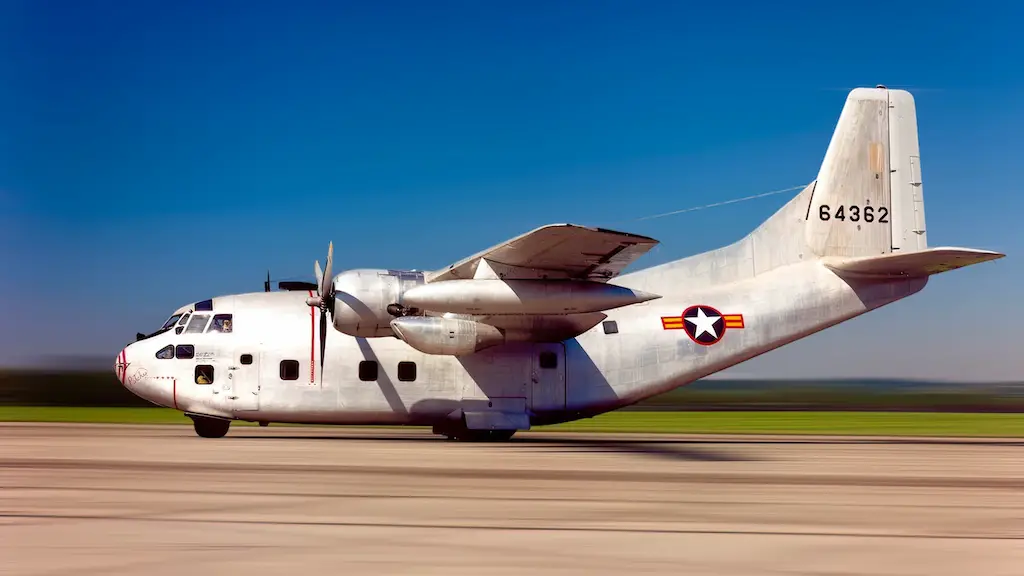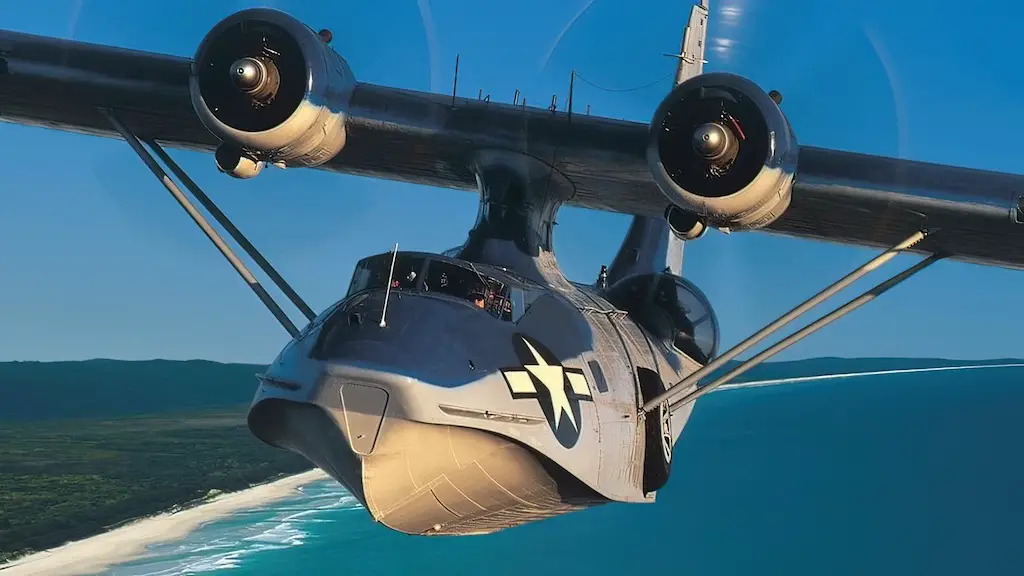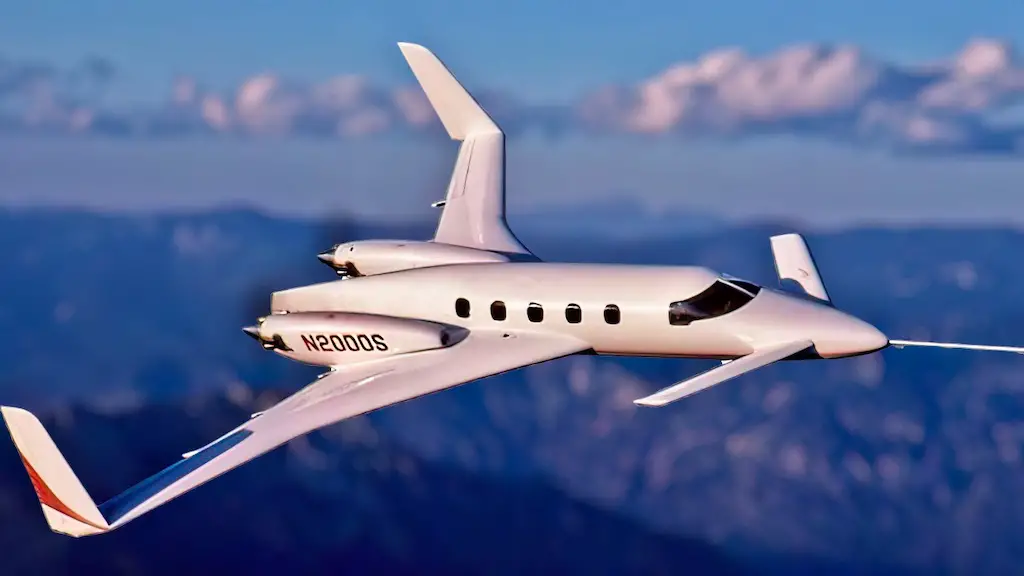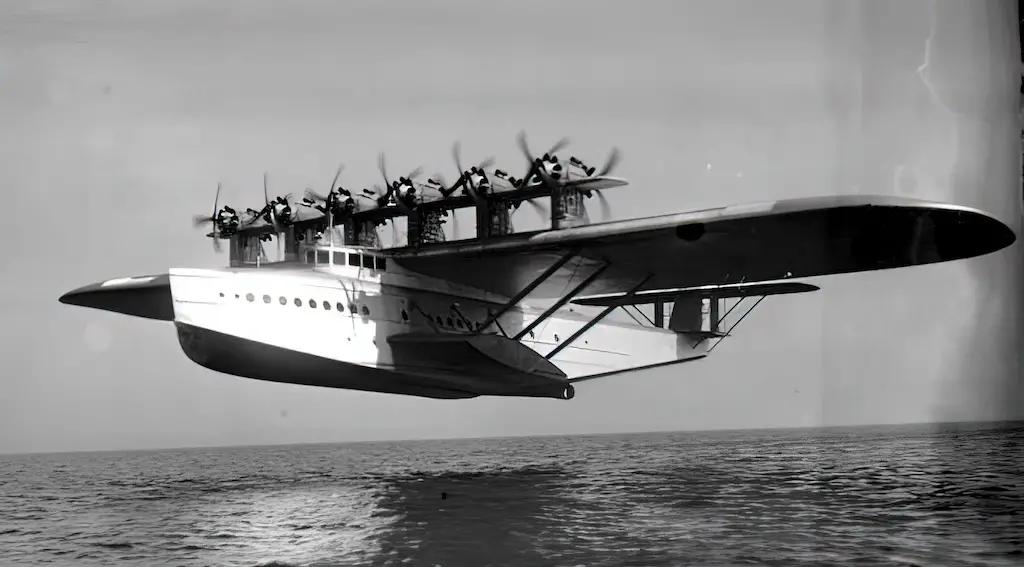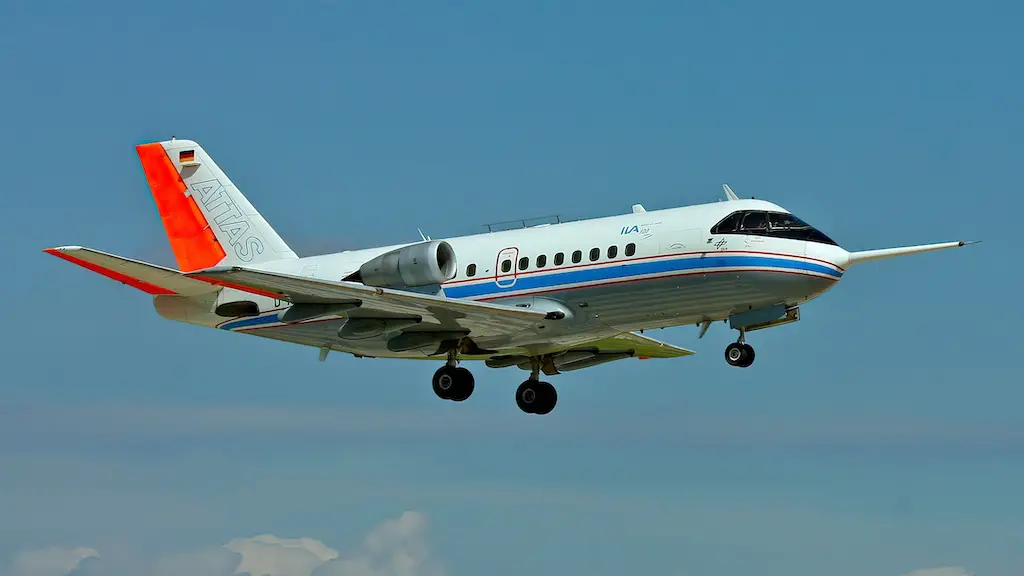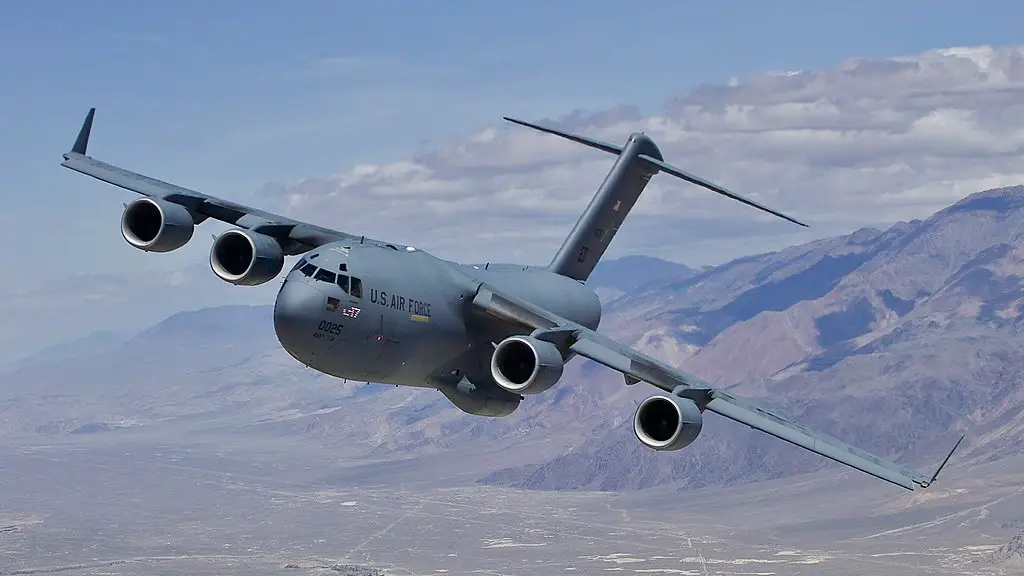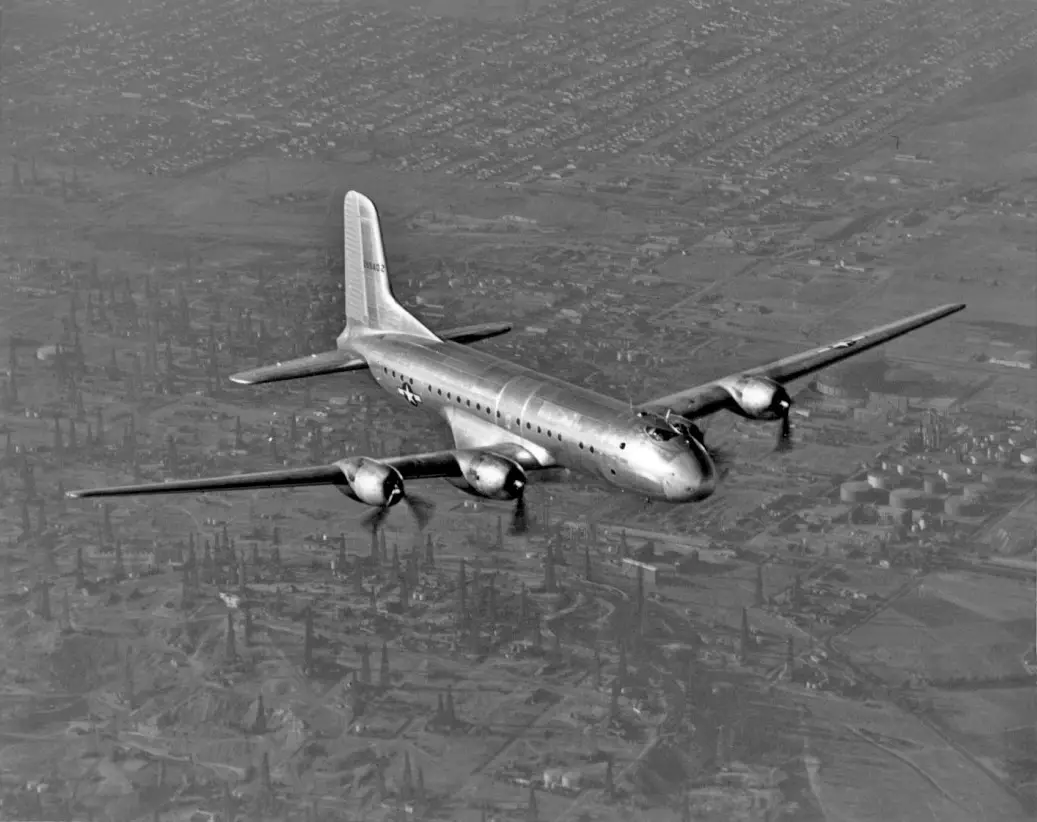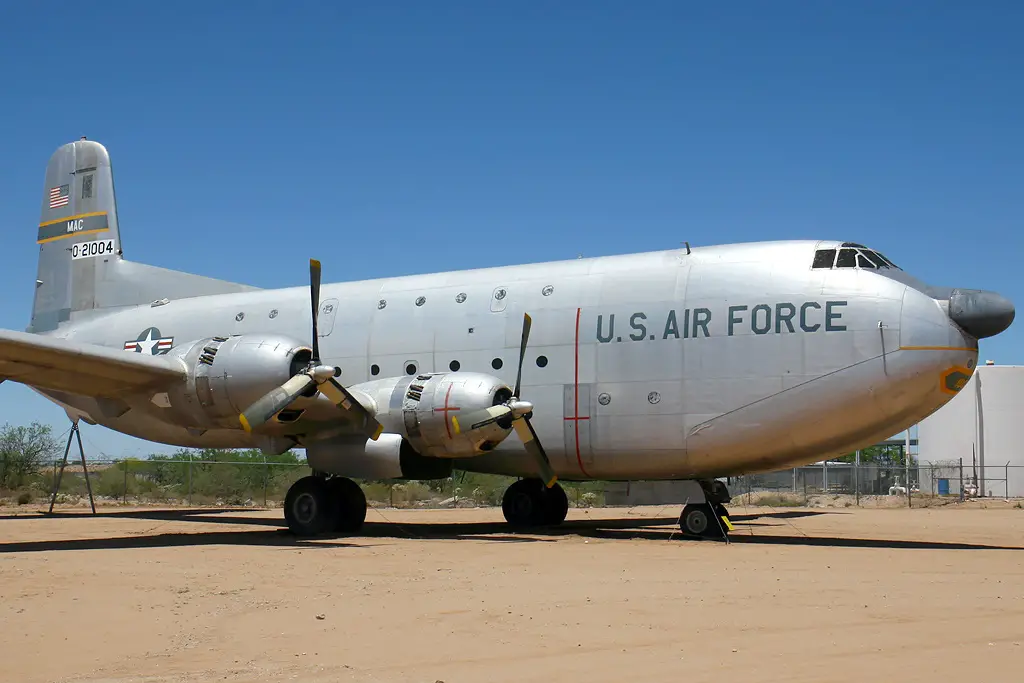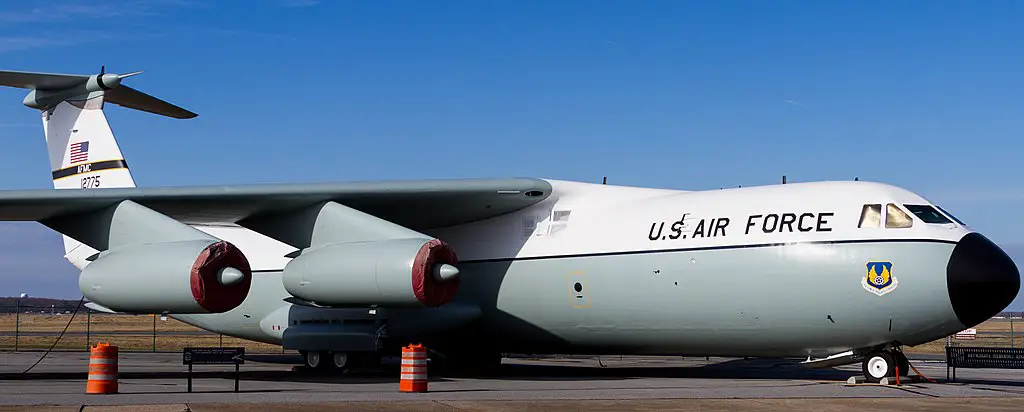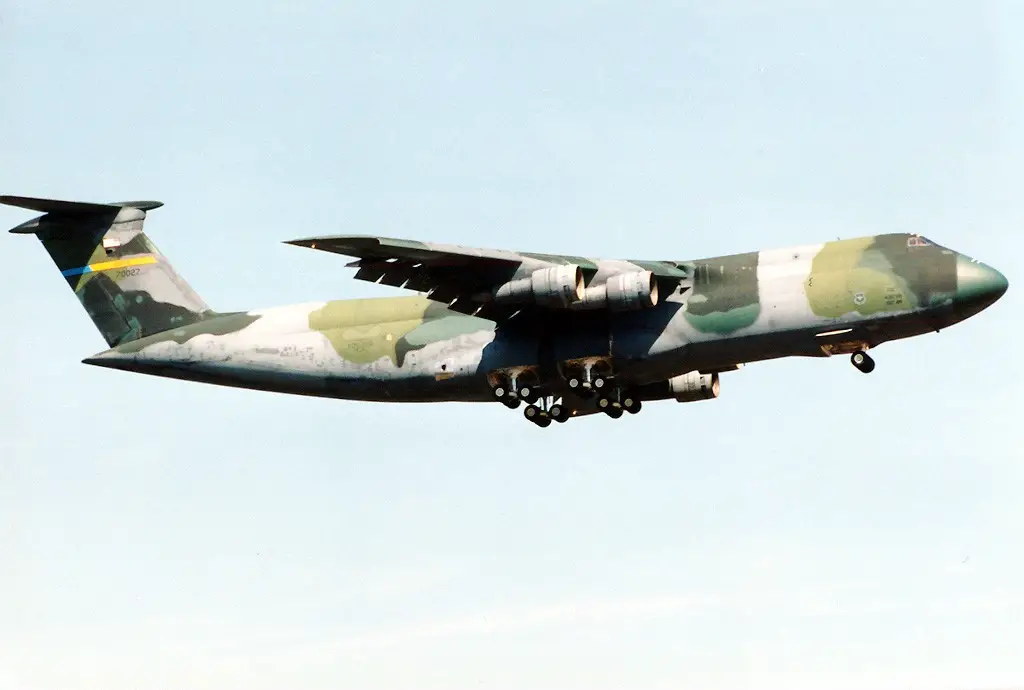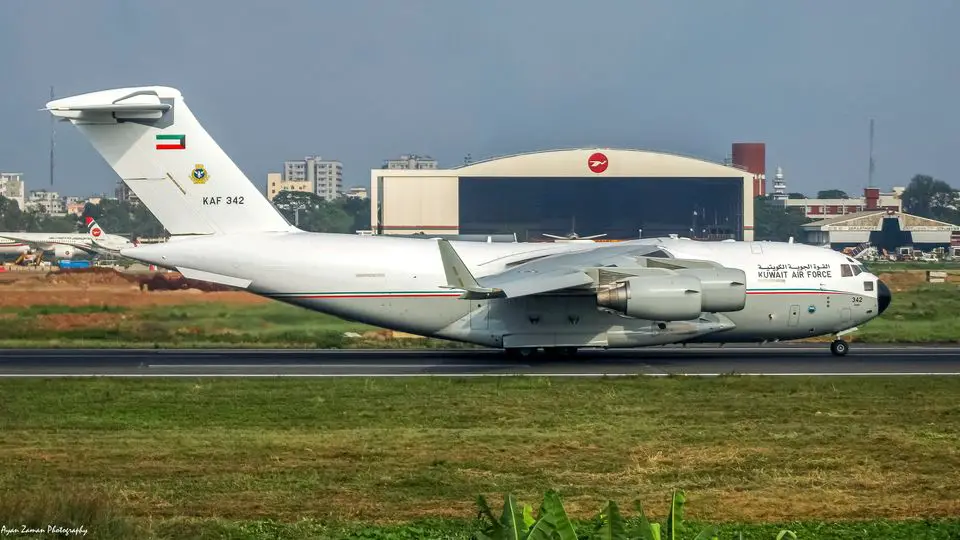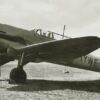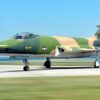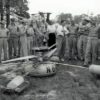Douglas C-133 Cargomaster was a mighty transport aircraft of its time, presenting a link between Douglas C-124 Globemaster II and Lockheed’s C-141 Starlifter and C-5 Galaxy models in the evolution of Pentagon’s strategic airlift. For many years after its introduction into service in 1957, the C-133 remained the only plane in the US Air Force inventory capable of transporting very large or very heavy cargo.
It was a problematic, even a troubled aircraft with a hefty record of bad accidents, but also one that performed many crucial tasks that no other plane could carry out at the time. During its years on duty the Cargomaster contributed to the US nuclear deterrence, the nation’s space program, and the American war effort in Vietnam.
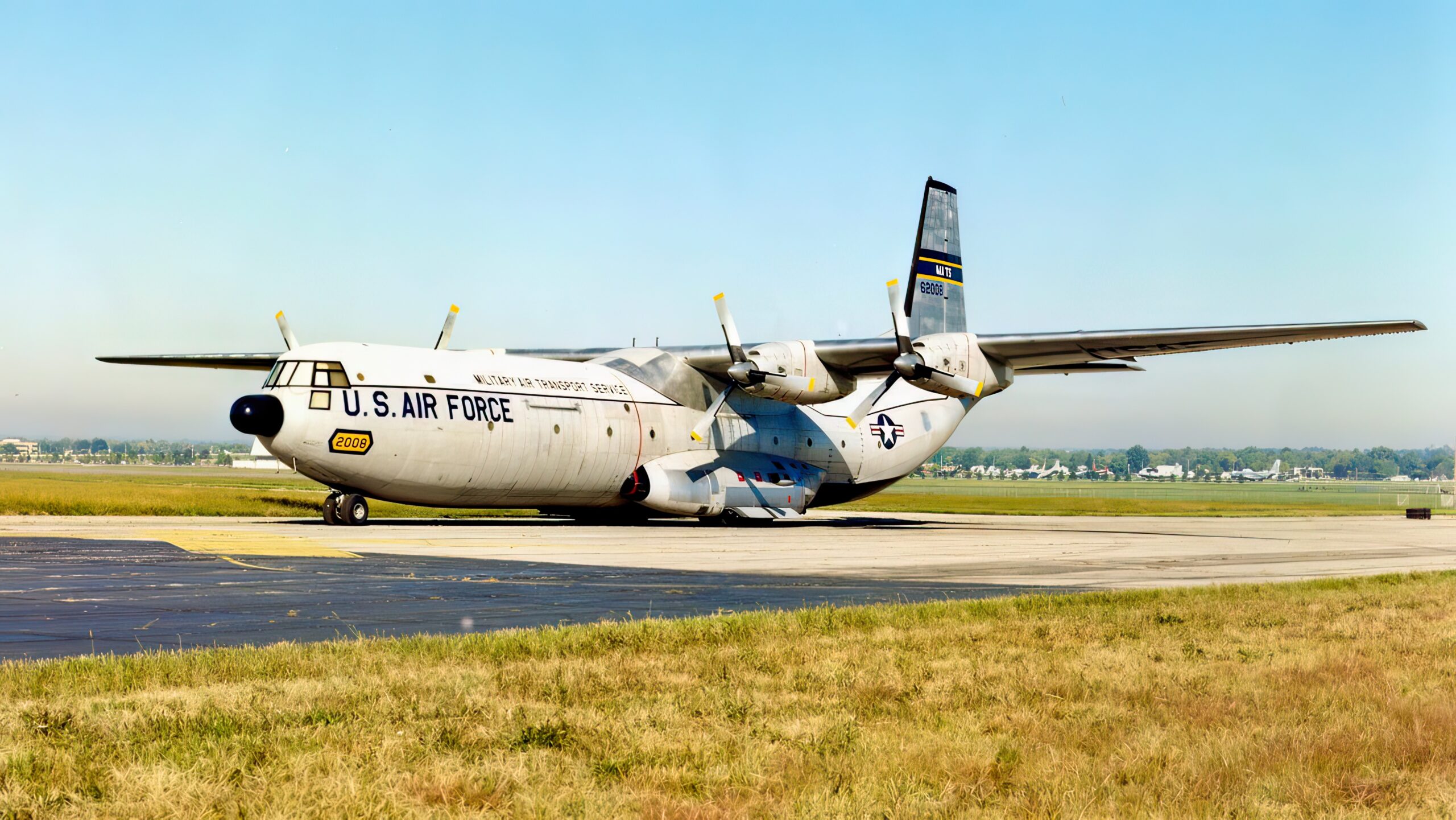
The turboprop strategic airlifter
While Cargomaster predecessors, the C-74 Globemaster and C-124 Globemaster II, still used piston engines, the C-133 became the first US strategic airlifter to make use of turboprop propulsion. And, in fact, the only one, as it successors, Lockheed’s C-141 Starlifter and C-5 Galaxy, as well as Boeing’s C-17 Globemaster III were equipped with turbofans.
The C-133’s four Pratt & Whitney T34s were way more powerful than its forerunners’ radial piston engines. Coupled with its more spacious cargo compartment that meant the Cargomaster could accommodate heavier and larger loads and carry up to 109,770 lb of payload. That included almost all existing US Army vehicles, as well as all sorts of outsized cargo. The C-133 could also carry up to 200 fully equipped troops in its pressurized, heated and ventilated cargo bay, which made the C-133 a vital asset for operations requiring deployment of forces on the other side of the globe at short notice.
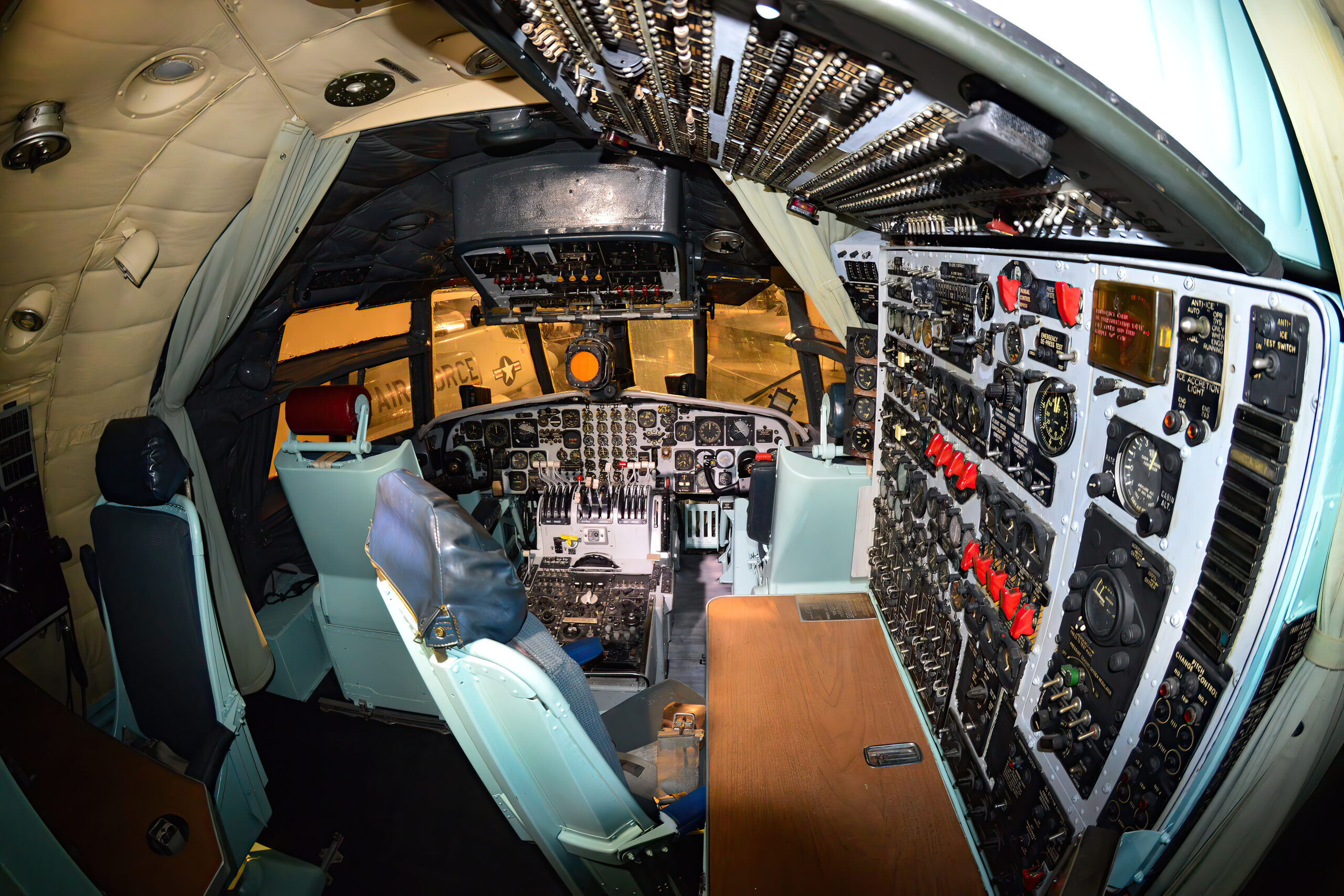
Hauling ICBMs and space rockets
One of the Cargomaster roles was transportation of nuclear warheads and intercontinental ballistic missiles (ICBMs), such as Minuteman, Atlas, and Titan, to and from their operational bases. Specifically for this task, Douglas manufactured fifteen dedicated C-133B airframes with clamshell doors in the aft fuselage and improved structural strength. The C-133 also carried launch boosters to Cape Canaveral as part of Gemini, Mercury, and Apollo space programs. NASA also used Cargomasters to drop-test its early space capsules.
A crashing plane
In an attempt to minimize costs and delays, Douglas skipped the prototype testing phase in the C-133 development. The very first aircraft of the type that made its inaugural flight in April 1956 was also the first production Cargomaster. It’s hard to say how wrong or right this approach had been, but the fact is that the C-133 experienced a series of fatal accidents during its service life, early on developing a reputation of a “widowmaker.” Several of these unlucky planes crashed into the ocean, which complicated the investigation of causes and created an aura of grim mystique around the plane.
After some of the crashes all Cargomasters were grounded to conduct additional testing and figure out the underlying problems. Eventually, it became clear that the Cargomaster had very dangerous stall characteristics, displaying a tendency to roll onto its right wing. Douglas engineers managed to alleviate this problem by modifying the wing, making the Cargomaster a safer plane to fly.
However, it still suffered from occasional propeller control system failures and by the end of the 1960s airframe fatigue further expanded the list of the C-133’s problems. All in all, ten airframes, a fifth of the total production, were lost in accidents between 1958 and 1970, including one in a ground fire. In most of those cases crews perished as well.
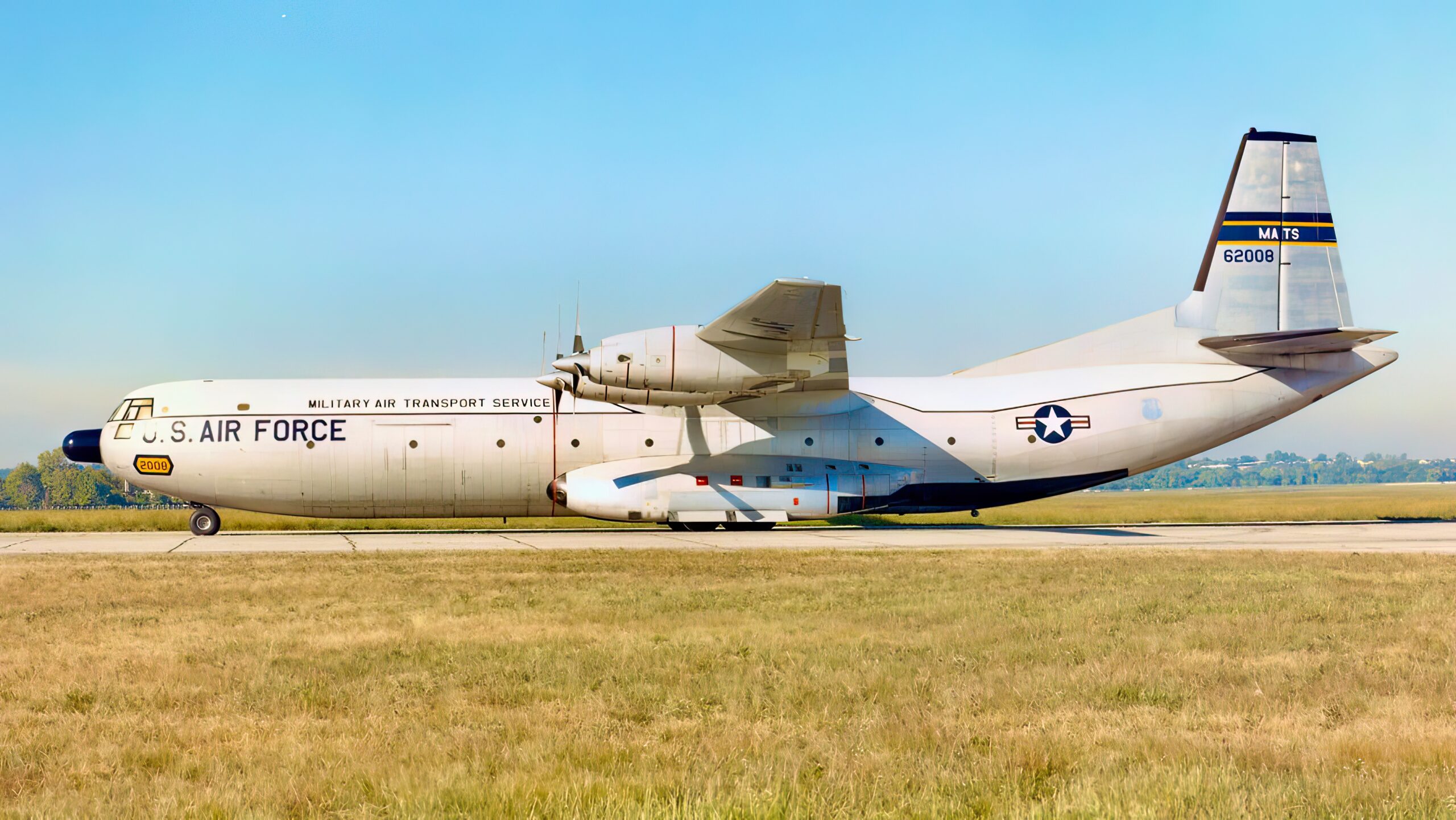
The Vietnam years
Throughout the first six years of the War in Vietnam the C-133 played a vital role in the US wartime logistics, hauling troops, equipment and supplies across the Pacific, often changing crews during the long-haul flight. Taking off from Travis AFB in California, Cargomasters delivered cargo to a variety of US facilities in Asia, such as bases in Okinawa and the Philippines and, naturally South Vietnam. In 1971, soon after jet-powered C-5 Galaxy was accepted into service, the USAF retired its Cargomaster fleet.
